Making Your CV Stand Out: Five Key Tips and Examples
The job market offers plenty of opportunities for new job seekers. Here are five tips to help your job application stand out for your next job search.
The job market offers plenty of opportunities for new job seekers. Here are five tips to help your job application stand out for your next job search.
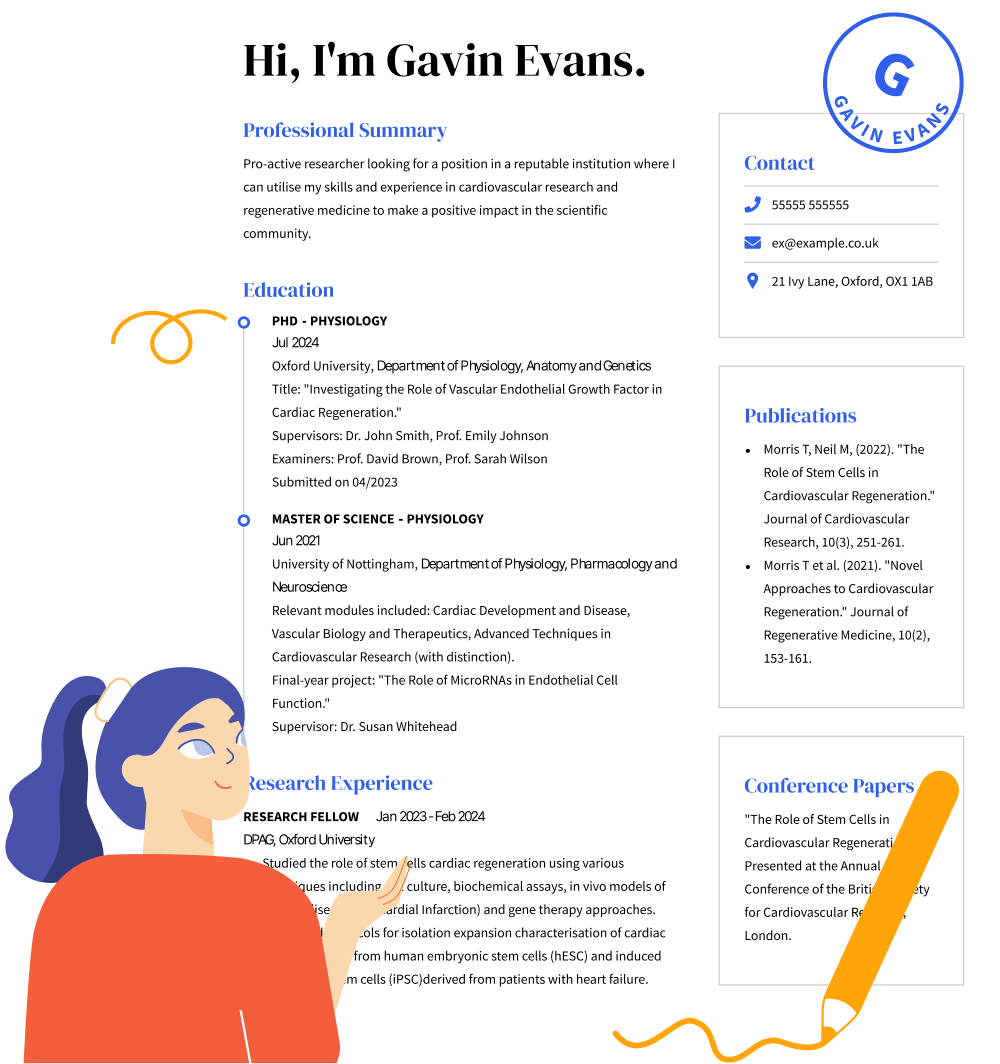
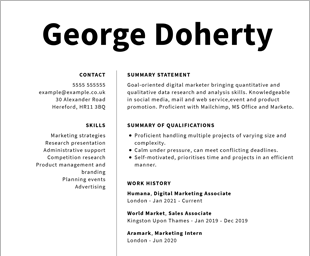
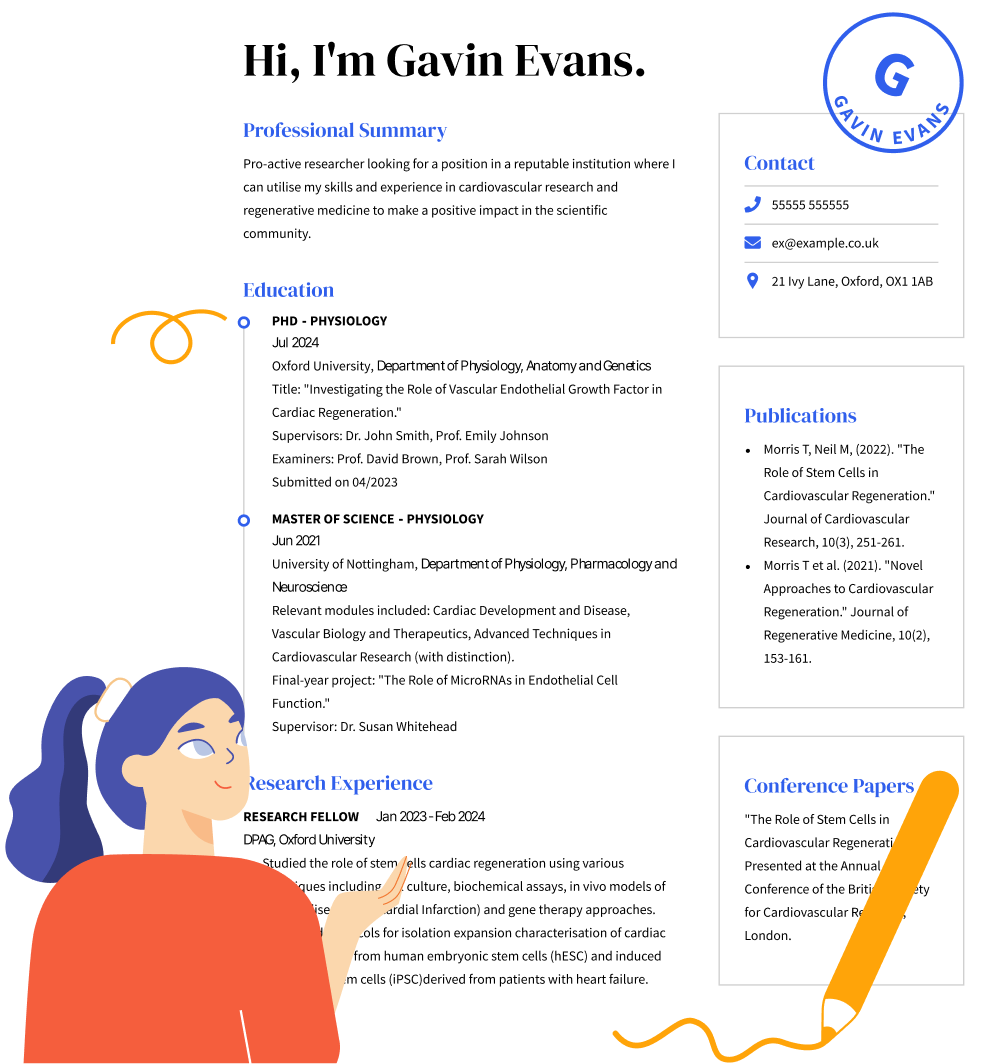
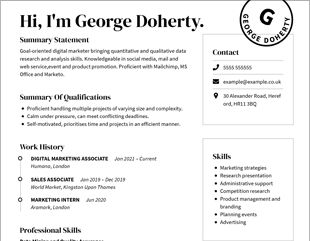
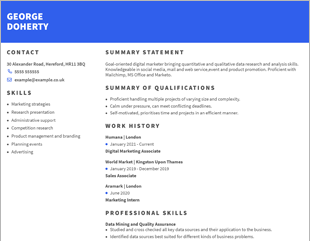
OUR USERS HAVE BEEN HIRED BY
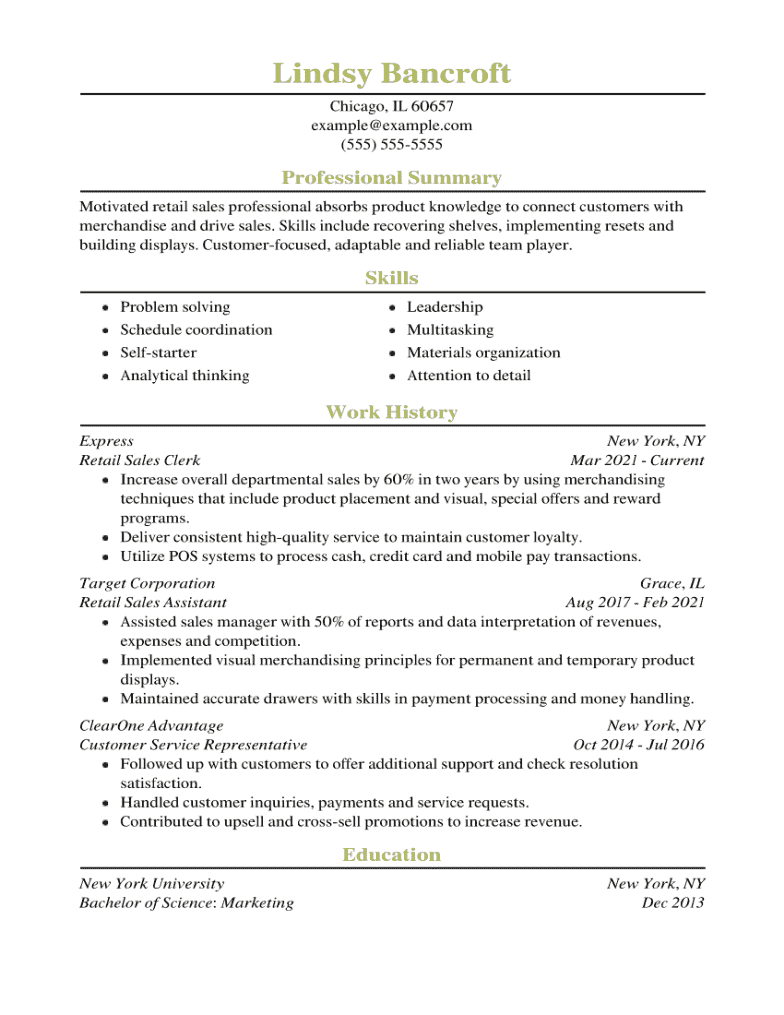
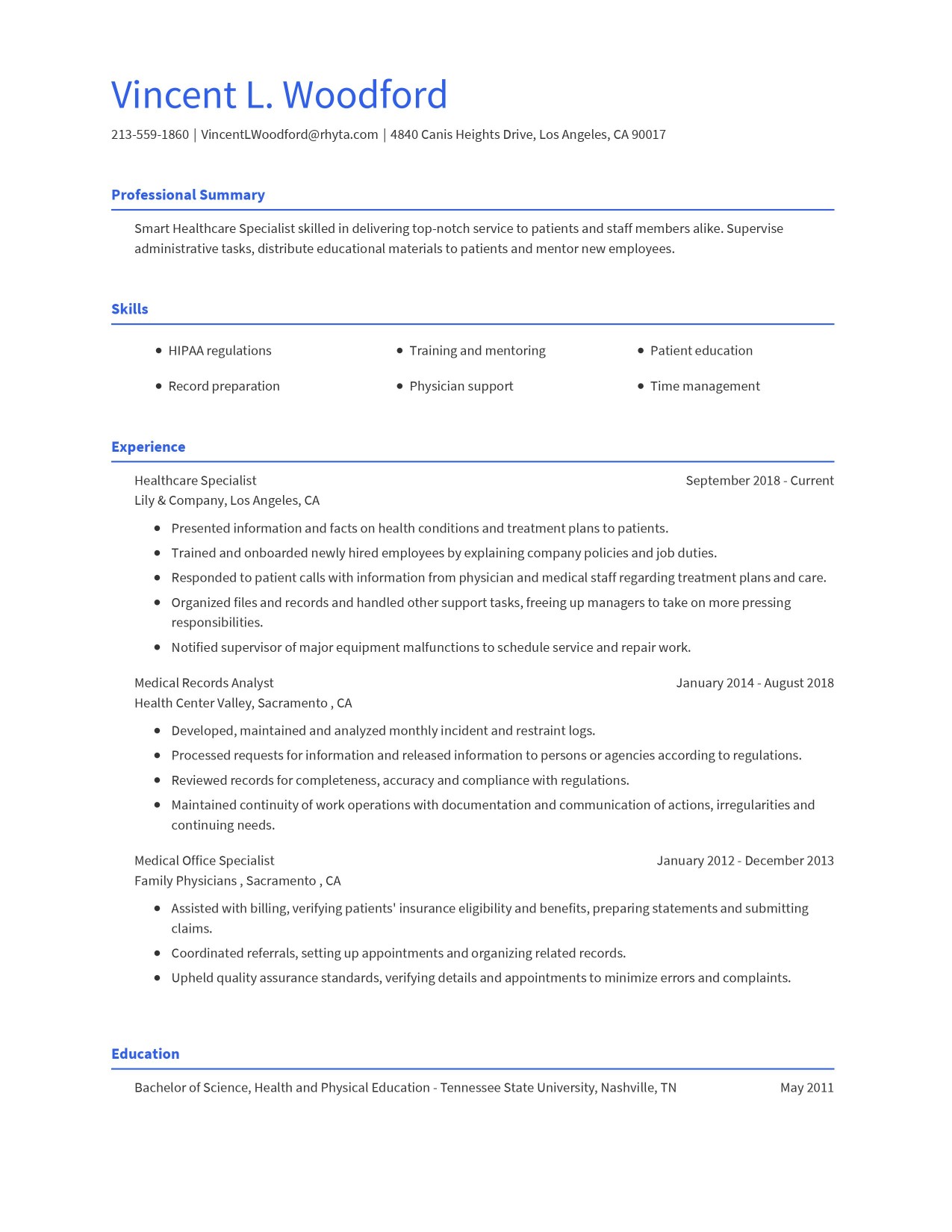
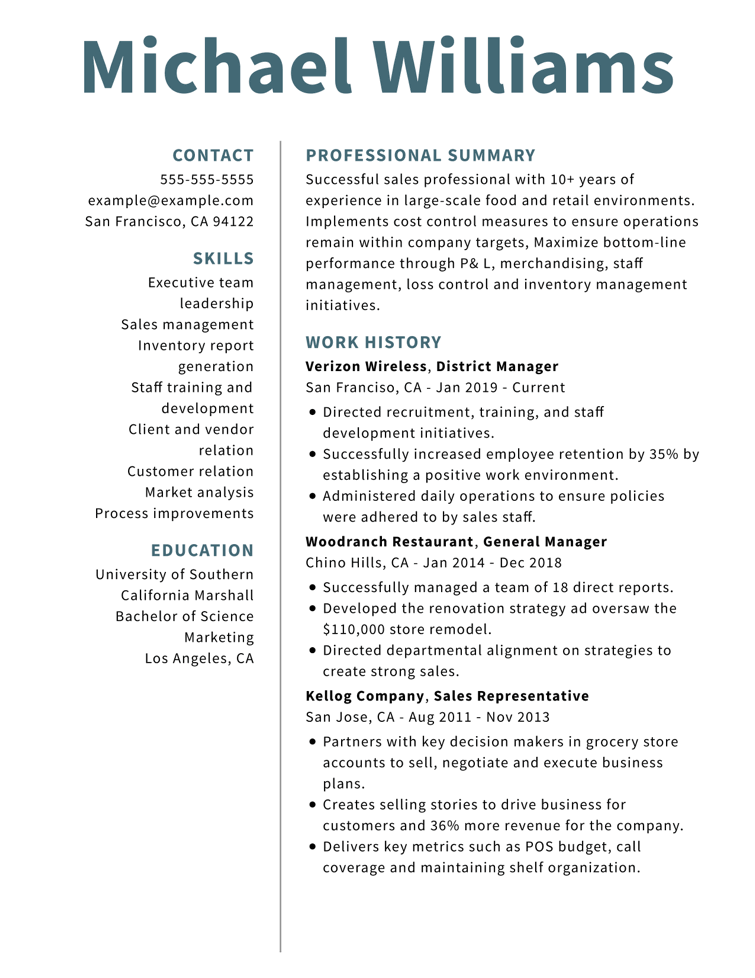
If you want to make your CV stand out, you need to put time into customising and adapting it to fit your needs as well as the recruiter’s needs. Your job search doesn’t have to be difficult or frustrating. If you’re able to follow a few CV writing tips, you can find your next job more easily. Here are a few tried-and-true ways to make your CV stand out in a crowded job market.
There are many different visual designs you can use for a professional CV: a creative CV, a simple CV, a modern CV and many other different styles. The best way to make your CV stand out visually is to use a CV template that looks clean and polished. CVHelp CV templates are a great starting point.
You should write a cover letter. A cover letter is a crucial component of showcasing everything about yourself, including going more in-depth into experiences and skills that fit what the employer needs. Use the CVHelp cover letter builder if you aren’t confident in your ability to write your cover letter.
You don’t have to be perfect at creating CV to create an outstanding CV. The best tool to craft a professional CV is the CVHelp CV builder, which provides expert suggestions and step-by-step instructions to create a strong CV. It’s also a great way to create as many CV as you need.
We personalize your experience.
We use cookies in our website to ensure we give you the best experience, get to know our users and deliver better marketing. For this purpose, we may share the information collected with third parties. By clicking “Allow cookies” you give us your consent to use all cookies. If you prefer to manage your cookies click on the “Manage cookies” link below.